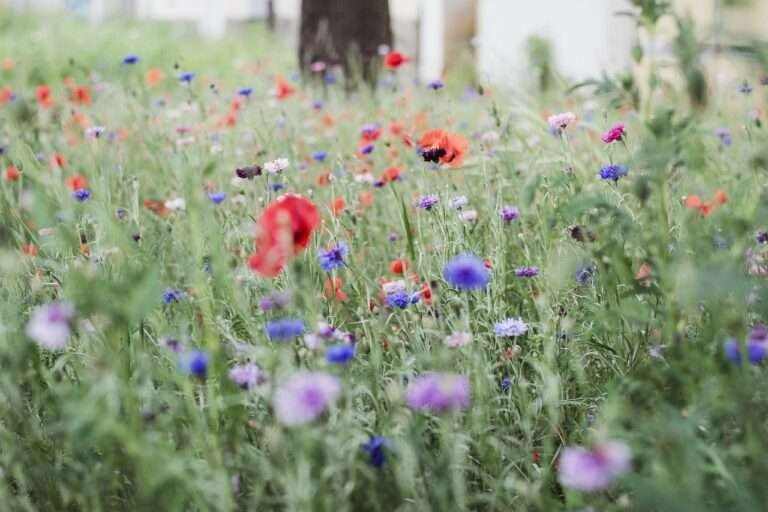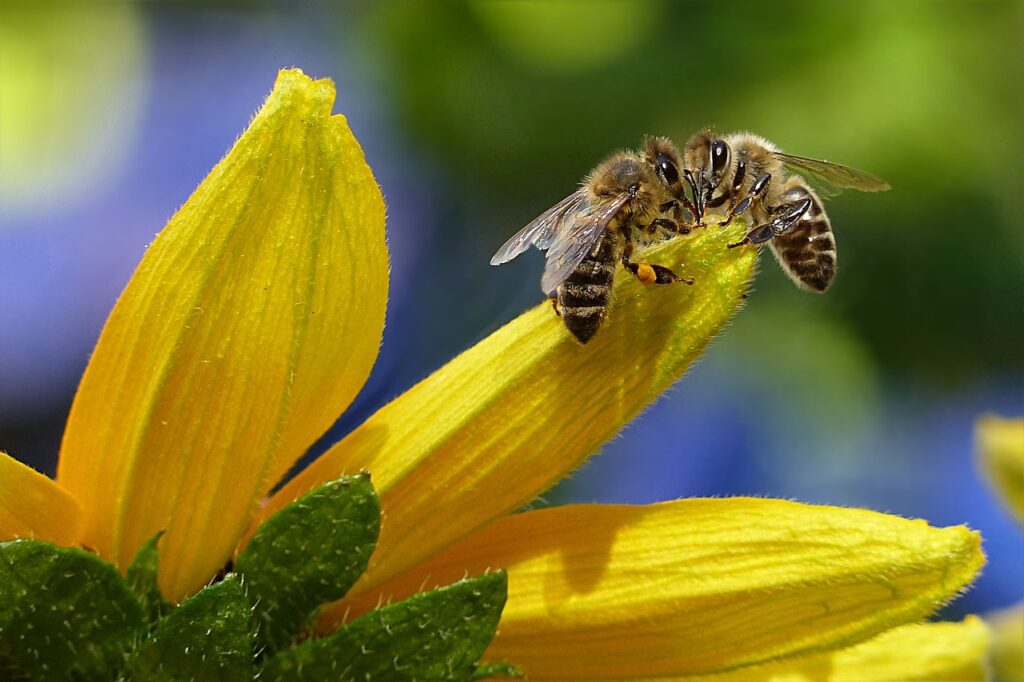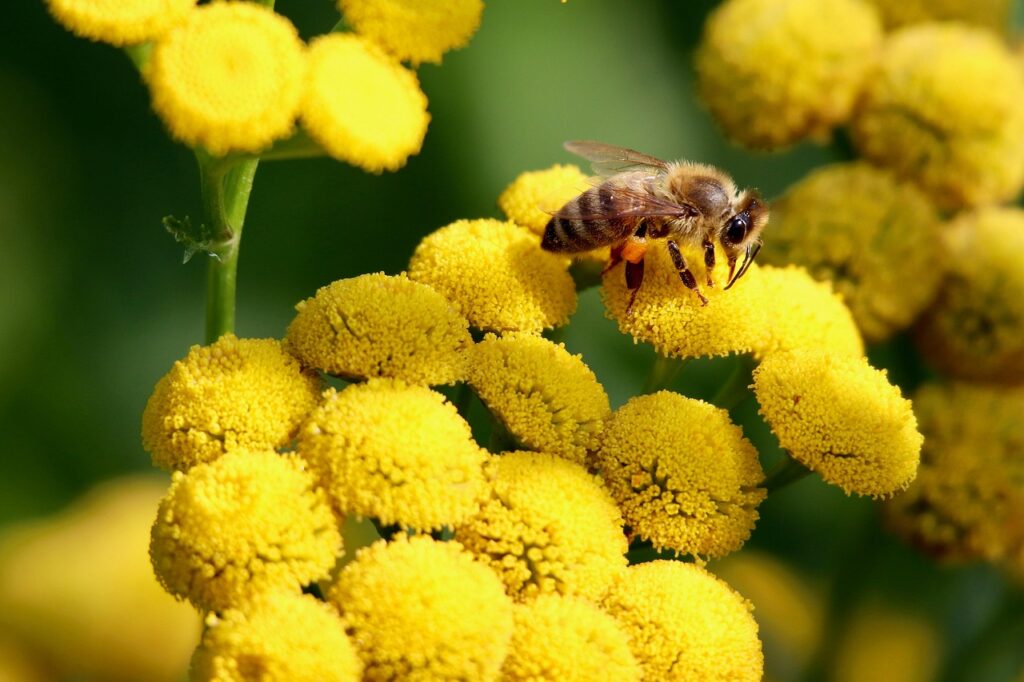The most effective habitat restoration methods for supporting multiple pollinator threats at once involve creating high-diversity native plantings with overlapping bloom times, establishing structural and spatial diversity, and using adaptive site management techniques.
These approaches simultaneously address habitat loss, nutrition, climate resilience, disease, pesticide exposure, and fragmentation.[1][2]
Key methods include:
- Native Seed Mixes with Seasonal Bloom Diversity
- Use a mix of native flowers, shrubs, and trees with staggered and overlapping bloom periods to ensure pollinators have food sources throughout spring, summer, and fall.[2][1]
- Emphasize at least three flowering species per season to support foraging needs of a wide array of pollinators and buffer against weather-driven resource gaps.[2]
- Structural Habitat Complexity
- Plantings should include a variety of vertical layers: trees, shrubs, groundcovers, and herbaceous perennials. This provides nesting sites, shelter, and microclimates for different species.[2]
- Larger clumps of the same species improve pollinator efficiency while patchy layouts across landscapes maintain resilience and connectivity.[2]
- Integrated Pest Management (IPM) and Reduced Chemical Inputs
- Restoration should thoroughly control invasive plants using IPM, which relies first on physical/biological approaches and minimizes toxin exposure—a key to reducing threats from pesticides, disease, and poor nutrition.[3][2]
- Establish pesticide-free buffer zones and vegetative filter strips around pollinator habitats.[4]
- Adaptive and Diverse Site Management
- Employ techniques like mowing, selective burning, cover cropping, and spot weeding to maintain diversity and reduce invasive weeds without frequent chemical applications.[5][6][2]
- Monitor pollinator visitation and use results to refine plantings and management for maximum benefit.[7]
- Habitat Connectivity
- Restore corridors and “stepping stone” plantings between larger habitat areas to reduce fragmentation and improve gene flow and resilience.[7][2]
- Use roadsides, riparian buffers, and urban green spaces as conservation opportunities for connectivity.[6]
- Community Engagement and Monitoring
- Special Features for Nesting
- Incorporate bare soil patches for ground-nesting bees, dead wood for cavity nesters, and perennial cover for overwintering.[2]
In Summary
By combining these methods, restoration projects enhance food availability, shelter, disease resilience, and connectivity for diverse pollinator groups—simultaneously mitigating threats from habitat loss, pesticides, climate change, and fragmentation.[1][5][6][7][2]
⁂
- https://xerces.org/pollinator-conservation/habitat-restoration
- https://www.earthcorps.org/wp-content/uploads/The-Native-Pollinator-Habitat-Restoration-Guide-EarthCorps.pdf
- https://www.pollinator.org/threats
- https://www.epa.gov/pollinator-protection/tools-and-strategies-pollinator-protection
- https://xerces.org/pollinator-conservation/habitat-restoration/management
- https://www.environment.fhwa.dot.gov/env_topics/ecosystems/pollinator_reports/pollinators_BMPs_in_highway_ROW.aspx
- https://www.fws.gov/project/best-practices-pollinator-habitat-restoration



